
In October 2020, a research team in Nova Scotia had a big day—literally. They spotted a great white shark that stood out for all the right reasons. It wasn’t aggressive or flashy, just incredibly rare. The details collected during that encounter tell a story worth knowing. Here are the facts that stood out.
It Measured Over 17 Feet Long
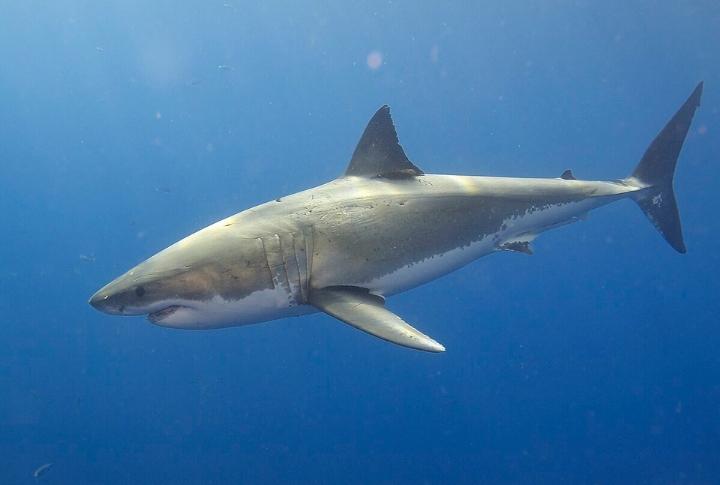
Nukumi measured 17 feet 2 inches, making her one of the largest great white sharks ever documented. Most adult females fall between 12 and 15 feet. Its length exceeds that of a full-size Ford F-150. That scale made it instantly recognizable during the tagging expedition.
It Weighed An Estimated 3,500 Pounds

Weighing approximately 3,541 pounds, this shark far exceeded the typical weight range of 1,500–2,400 pounds for mature great white sharks. Its weight was heavier than many compact cars, including the Honda Civic. Due to its massive size, specialized equipment was necessary to lift and examine the shark safely.
It Is Estimated To Be Over 50 Years Old
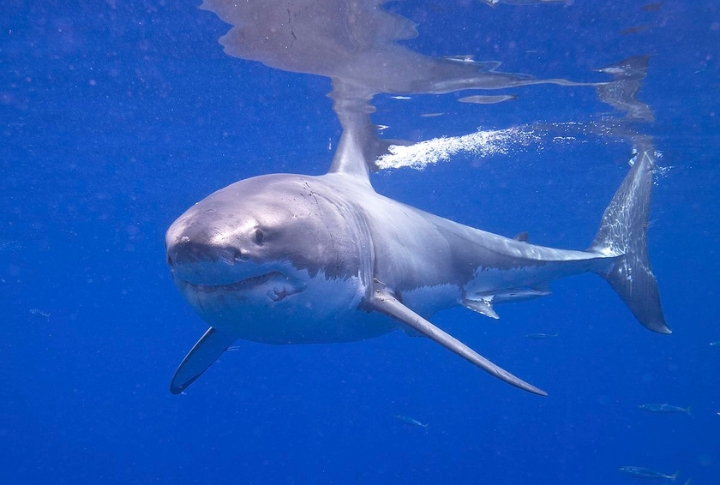
Believed to be over 50 years old, Nukumi highlights the slow-growth journey of great white sharks. Its large size and calm presence are signs of age and endurance. As the oldest great white ever recorded in the Atlantic, it offers rare insight into the long life of this apex predator.
It Traveled Over 2,000 Miles After Tagging
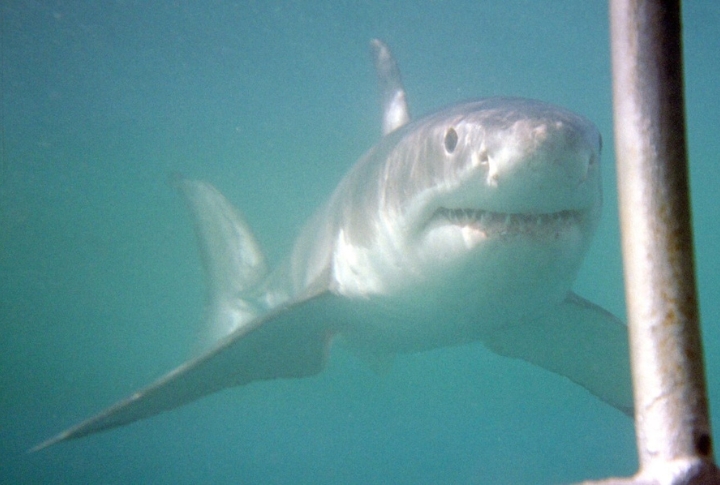
Nukumi’s post-tagging migration stretched over 2,000 miles from Nova Scotia down to Florida. Its steady movement over several months provided valuable insight into shark migration patterns. Data like this helps monitor seasonal shifts and track how adult sharks respond to temperature changes across the Atlantic corridor.
It Is Named After A Legendary Indigenous Figure
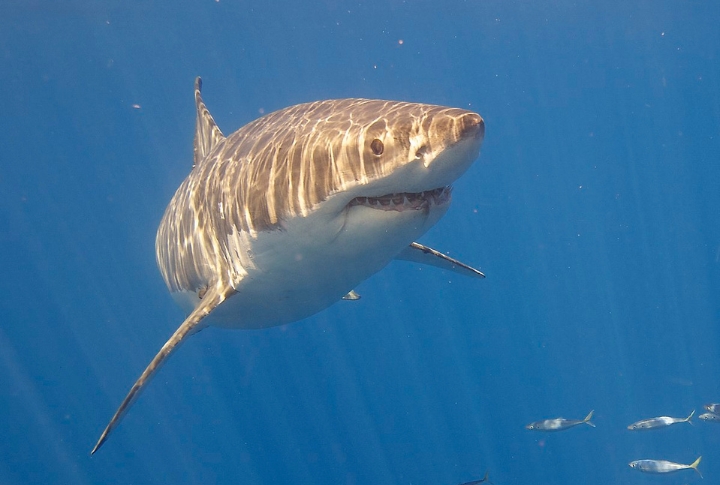
“Nukumi” means “wise old grandmother” in Mi’kmaq, a fitting tribute to the shark’s long life and massive presence. The name comes from the Indigenous people of Nova Scotia, the region where the shark was tagged. OCEARCH’s naming honors local legends and the lives of the animals they track.
Its Teeth Were Over 2 Inches Long

Teeth over 2 inches long are typical for a great white shark of Nukumi’s size. That length matches a house key or AA battery. Up to 300 serrated teeth are arranged in multiple rows, built to crush bone and tear thick flesh. The shark constantly replaces its teeth throughout its lifetime to keep them sharp.
It Contributed To New Insights In Shark Biology
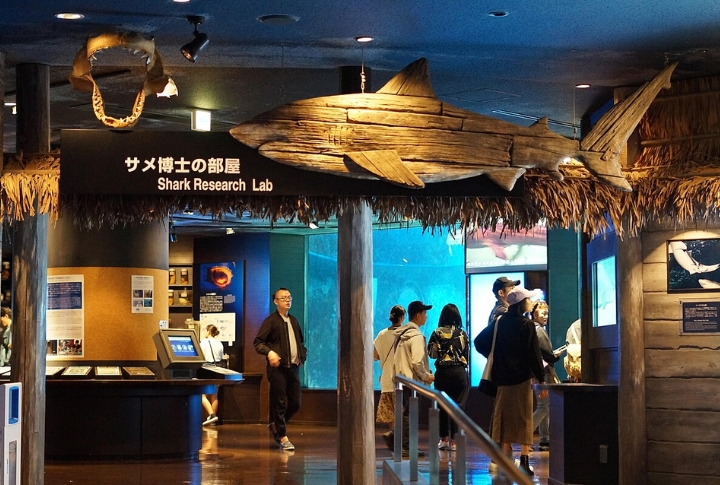
Through bloodwork, ultrasound imaging, and bacterial swabs from the mouth and skin, Nukumi became a biological treasure. Its samples are now guiding research into shark longevity, reproductive stages, and natural defenses. The insights may even reveal microbial properties useful in medicine.
It Showed No Signs Of Human Interaction Scars
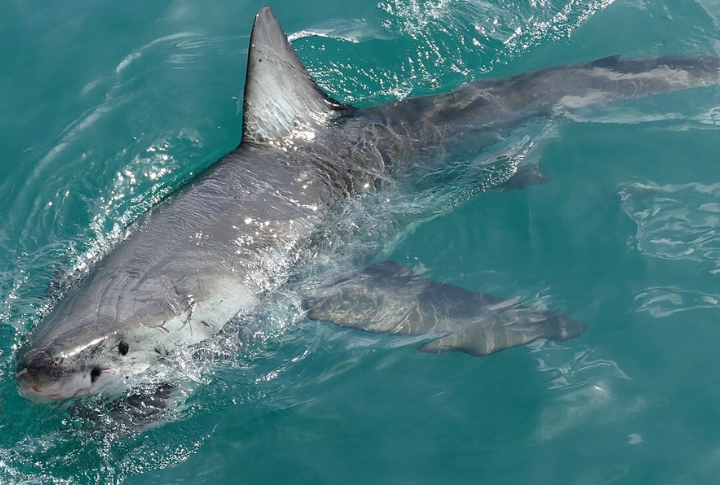
Nukumi showed no visible marks from fishing gear despite its impressive size and age. While most older sharks carry scars from boat strikes or hook injuries, Nakumi remained unmarked. This suggests it often moved through deep or remote waters, unlike many mature sharks that stay near populated coasts.
It Is Featured In Global Shark Awareness Campaigns
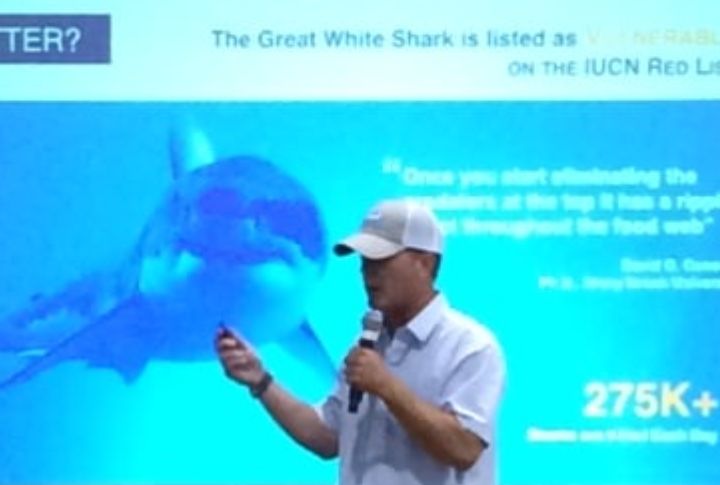
Did you know Nukumi became a symbol for several ocean awareness campaigns? Its image appeared in OCEARCH materials to highlight shark biology, survival, and migration. Representing strength and longevity, it played a key role in raising public interest and deepening understanding of the Atlantic great white shark science.
Solo Traveler For Most Of Its Life
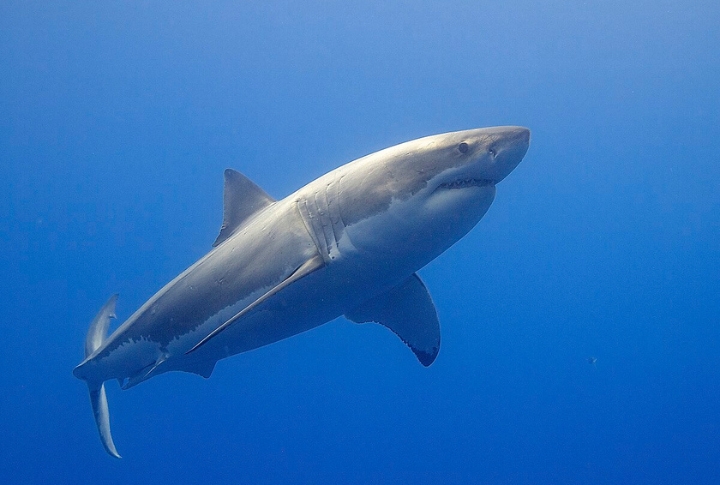
During its migration, Nukumi mostly traveled alone and avoided other tagged sharks. Such behavior aligns with scientific knowledge that older female great whites tend to be solitary. Recognizing these patterns allows conservationists to develop better protection plans, particularly for regions where sharks rarely form groups.

